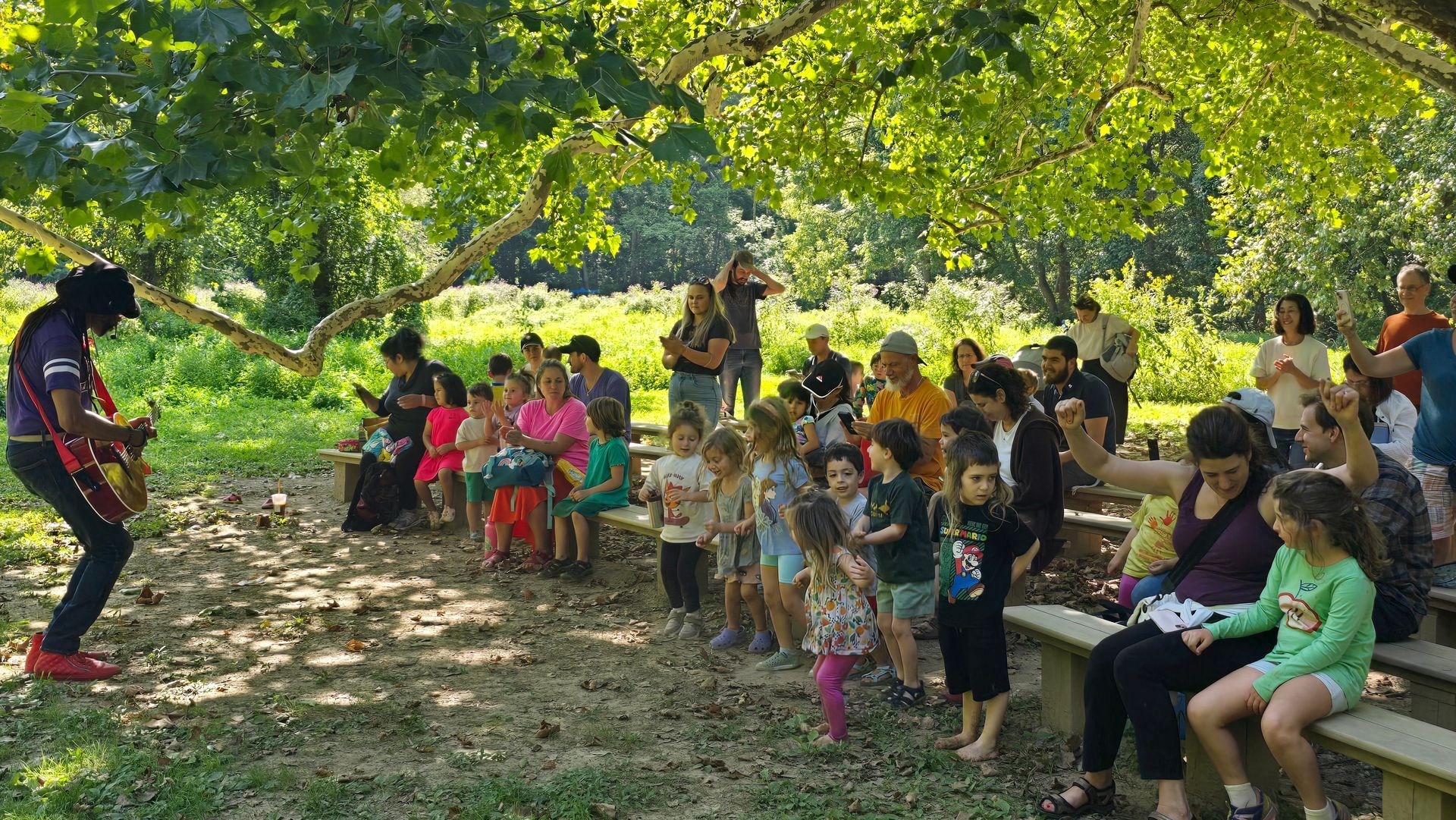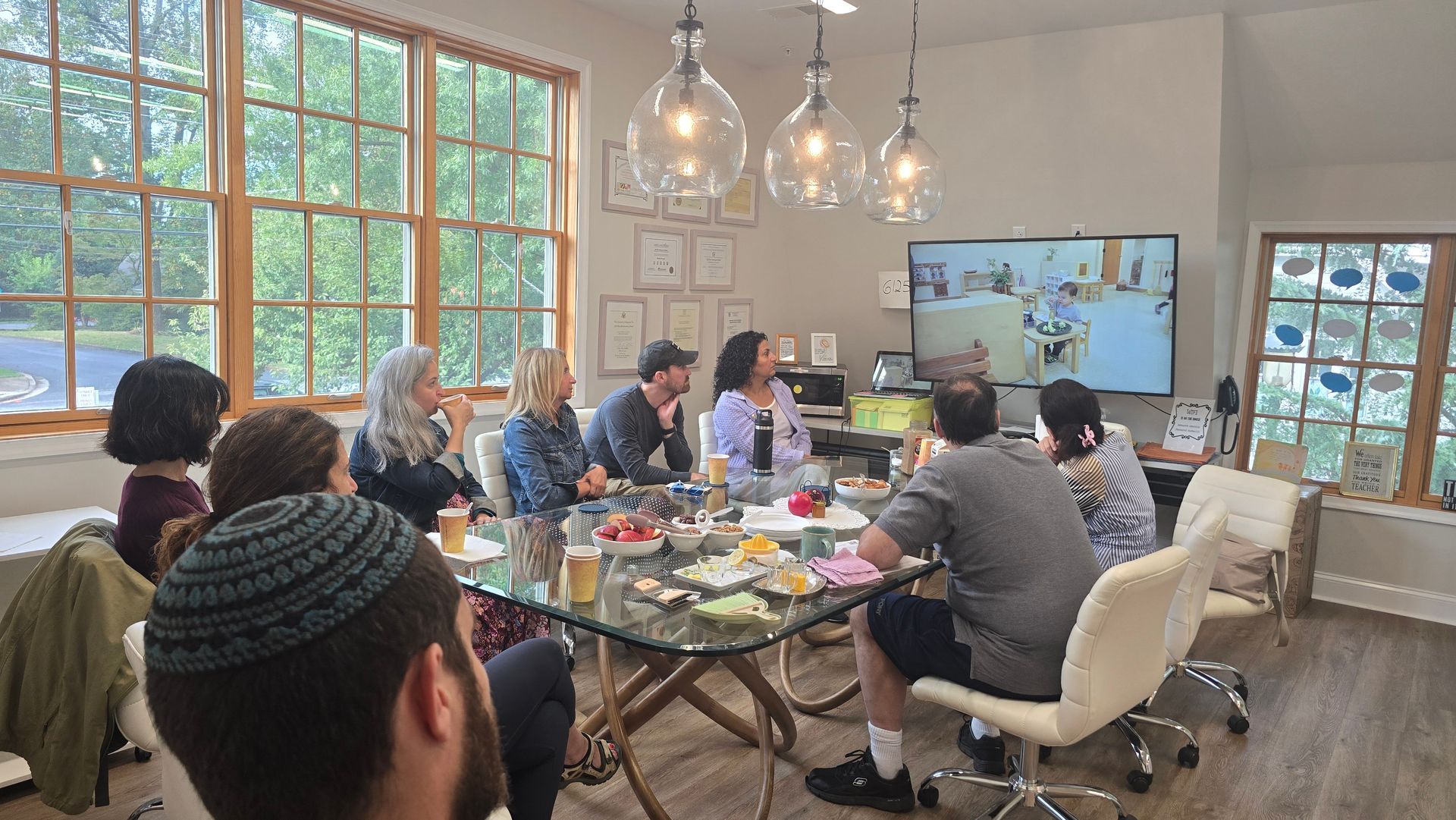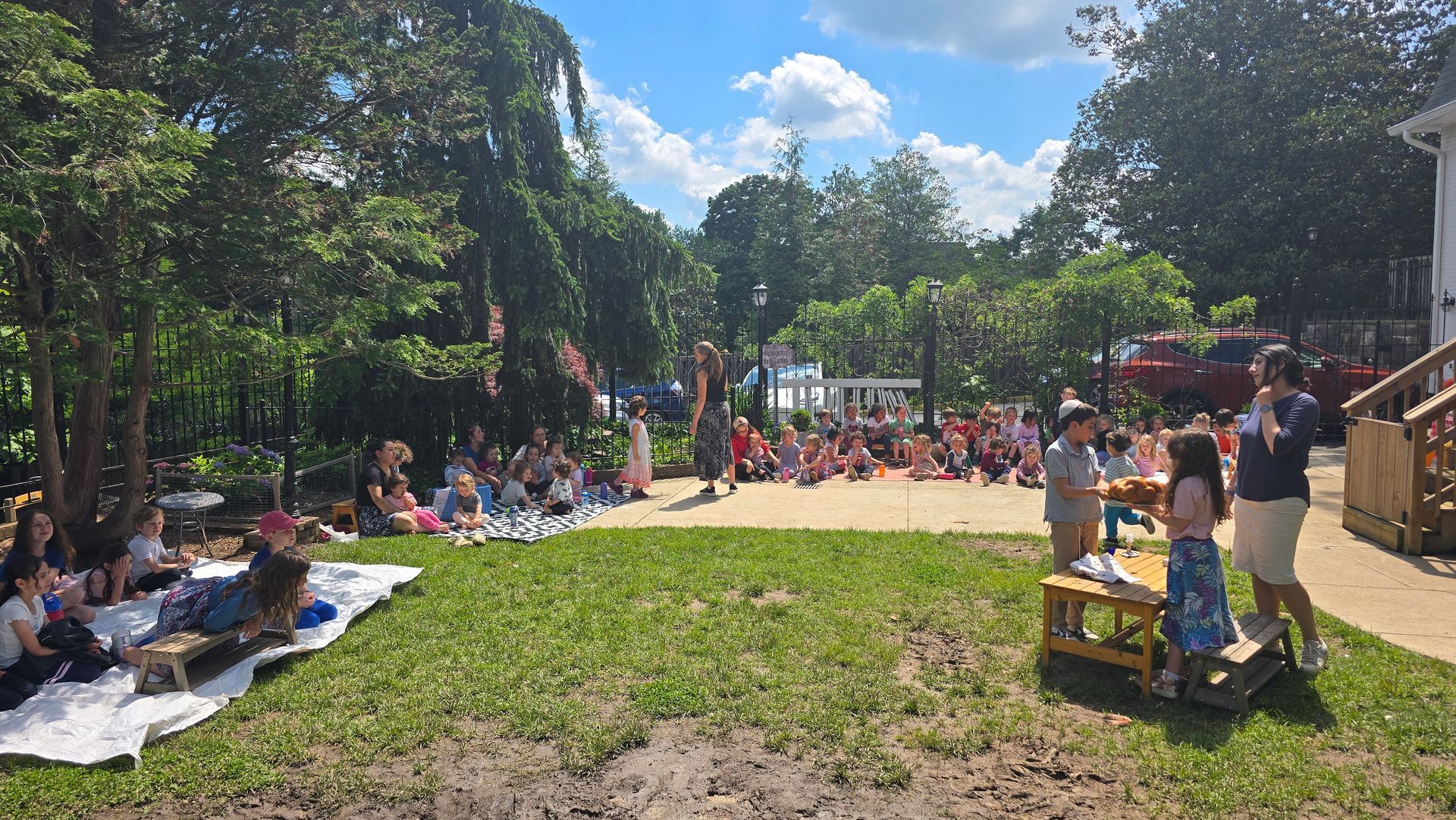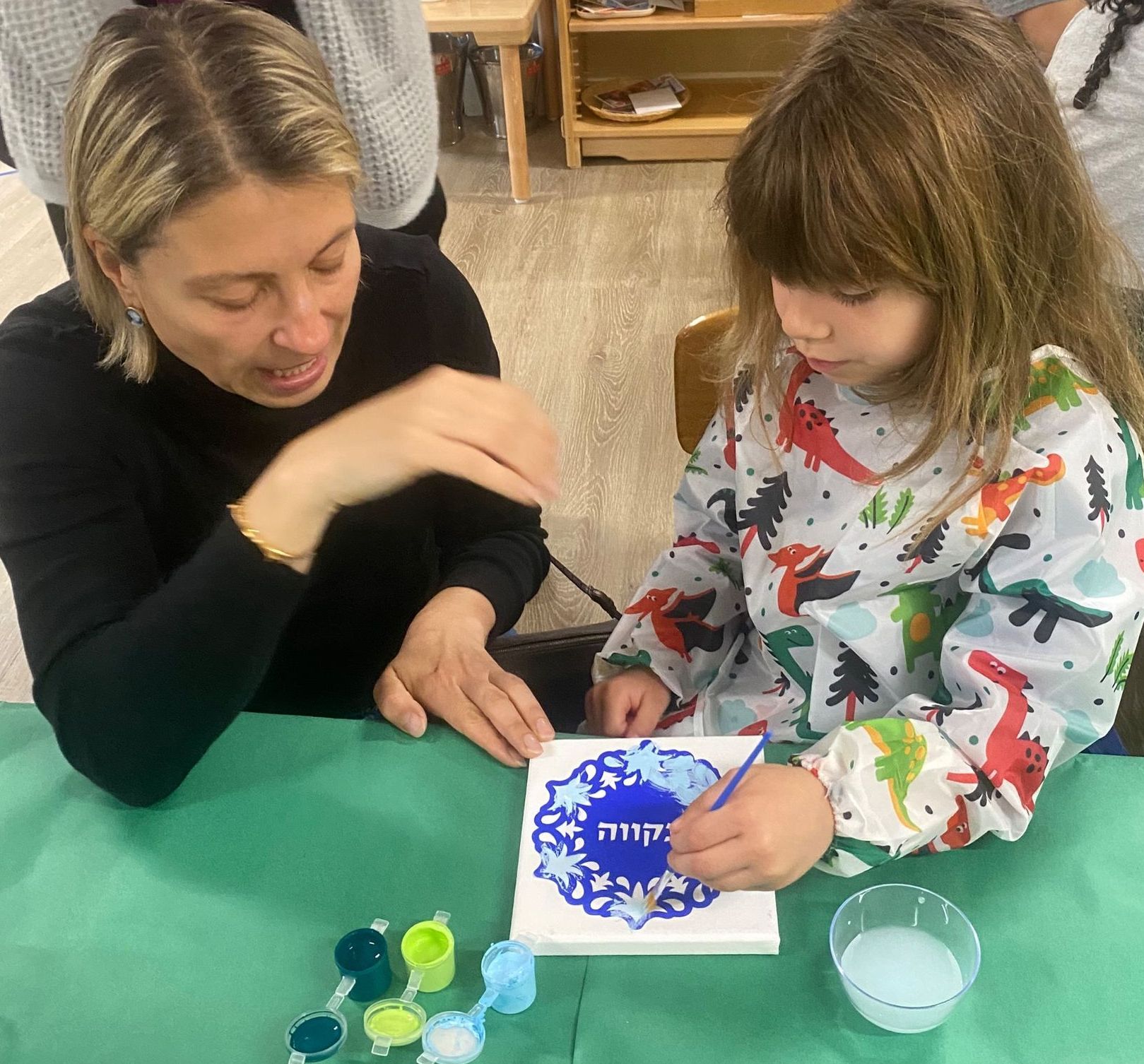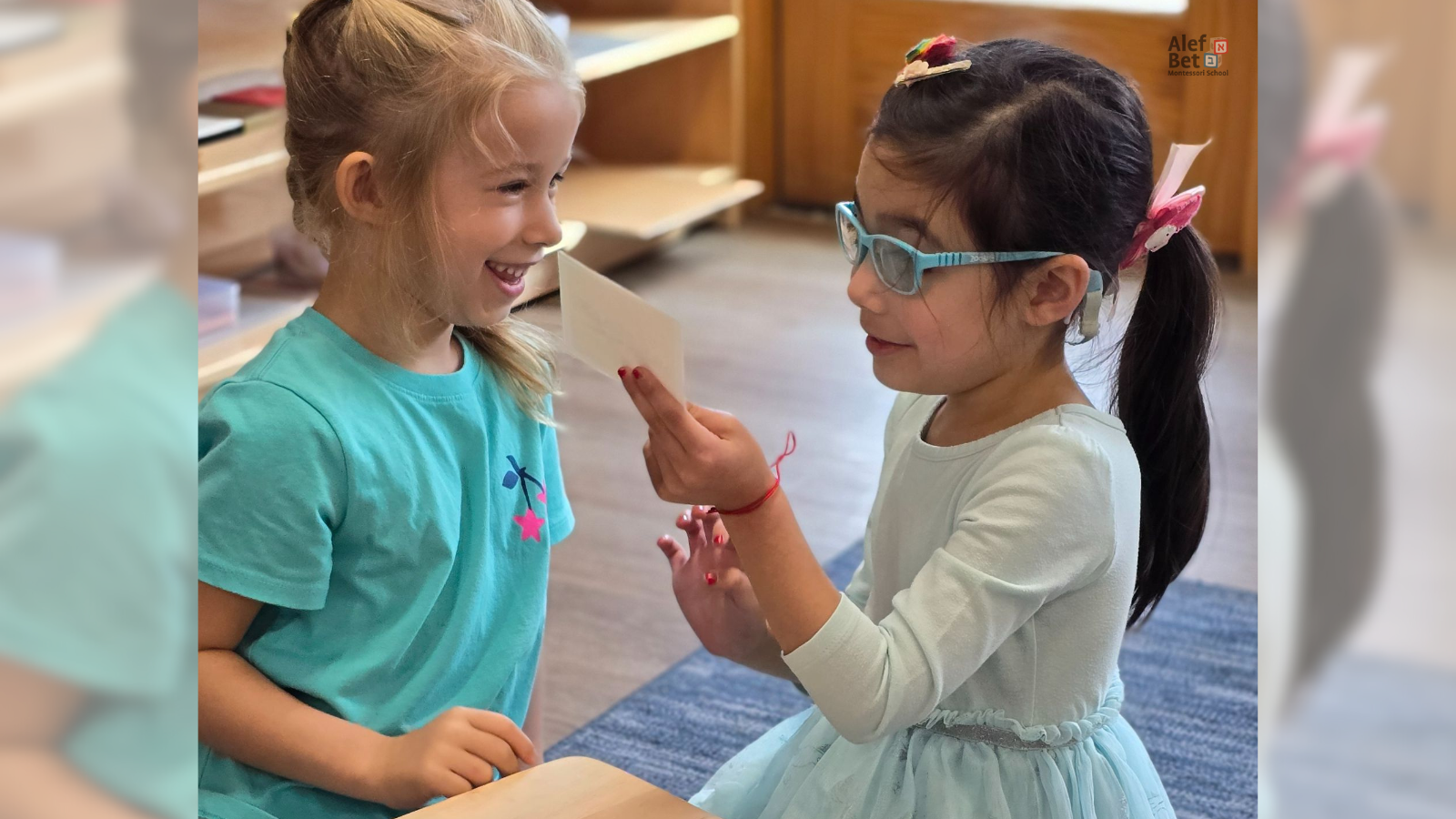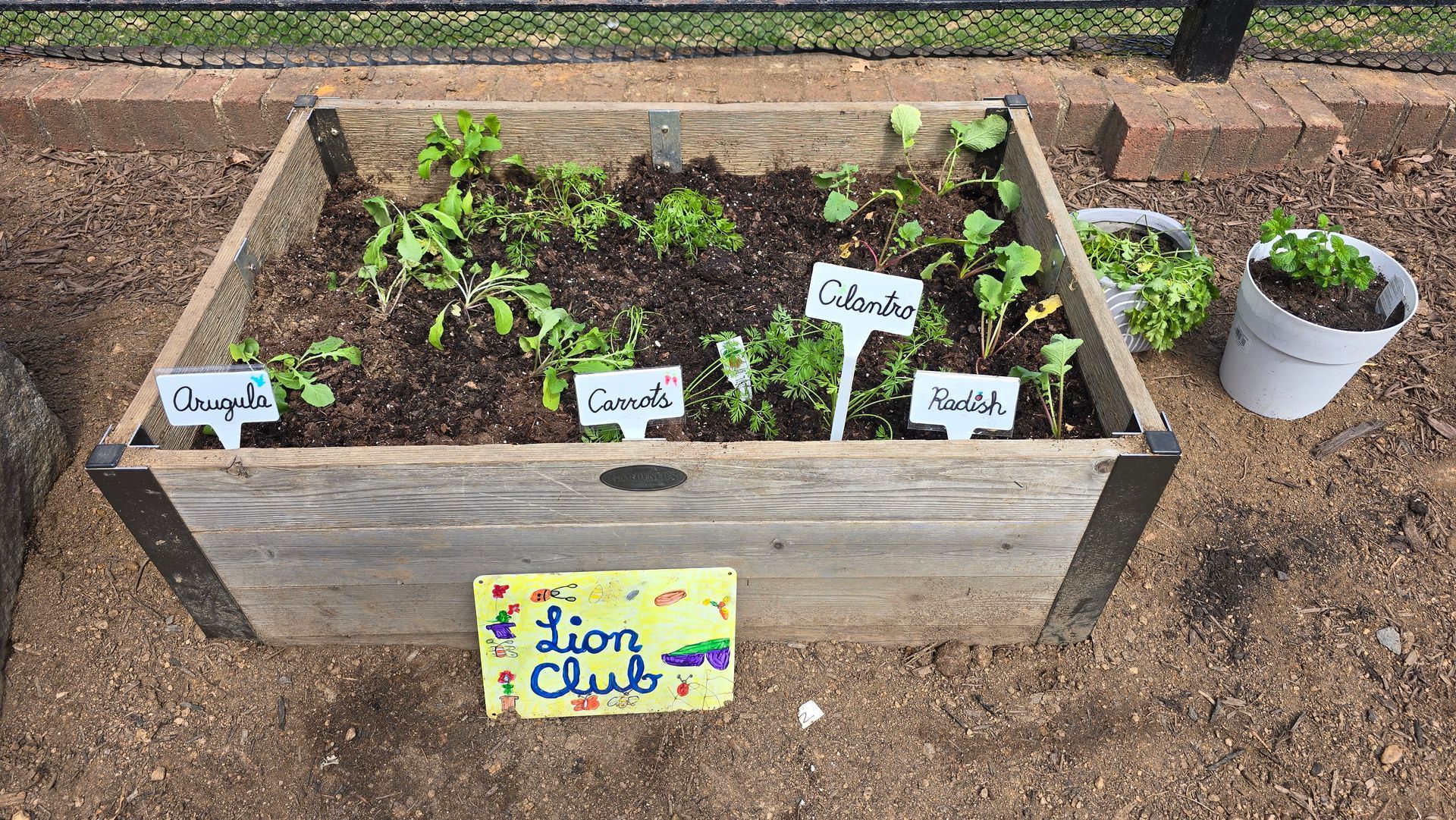United in Spirit: A Story of Resilience and Creativity
How Our Students’ Artwork Became Part of the 'Wall of Hope' in Jerusalem
When you walk through the entrance of our school, it’s hard to miss the brightly colored tiles that hang on the wall. Each one is a canvas, lovingly decorated by our students, with the Hebrew word “תִקוָוה”—Hope—painted boldly in the center.
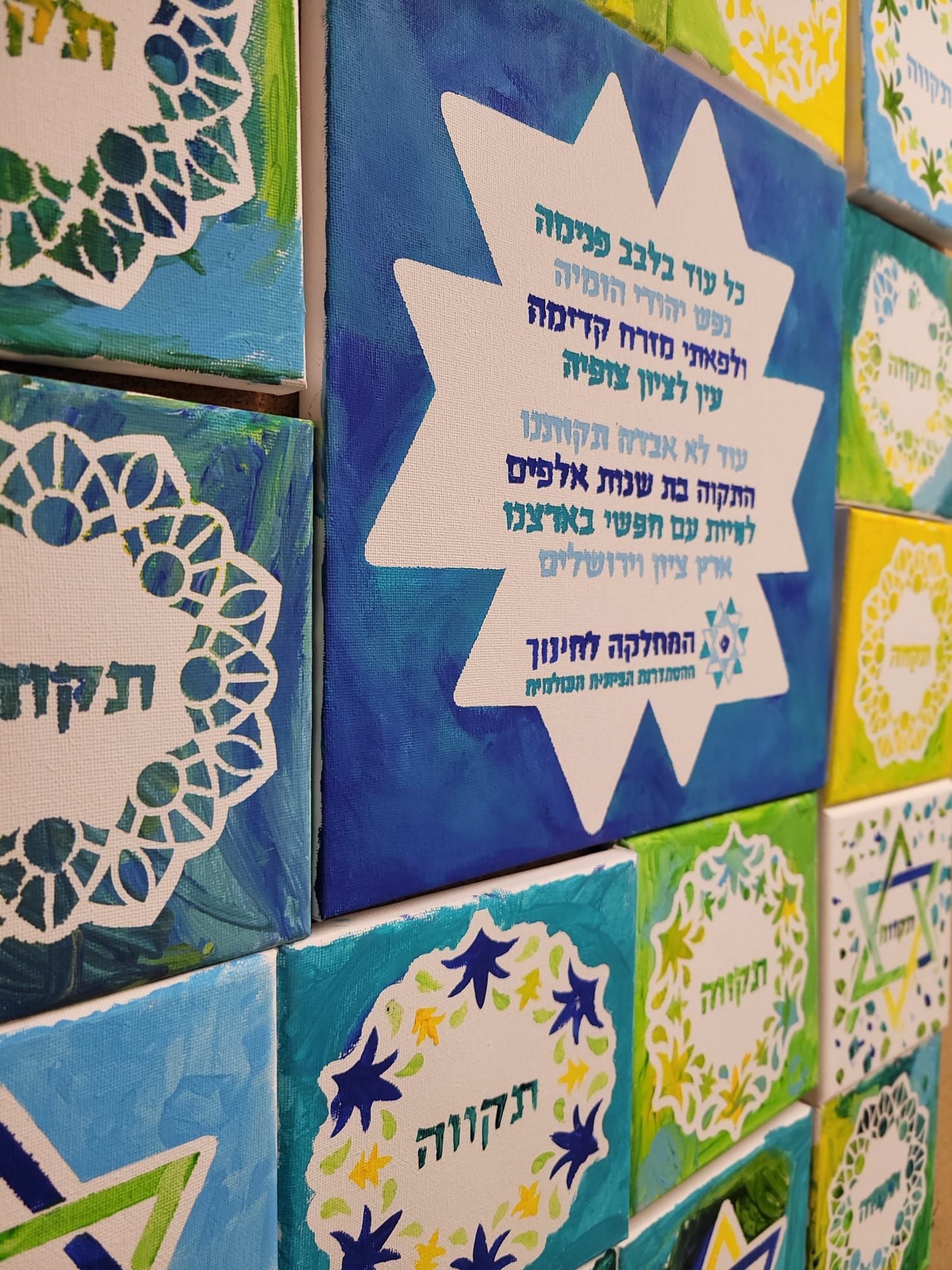
They were created earlier this year as part of a global initiative, the "Wall of Hope" project, which brought together 4,000 children from 40 Jewish schools around the world to contribute to this powerful symbol of unity.
Together, their individual canvases formed a giant mural in Jerusalem, a mosaic of hope.
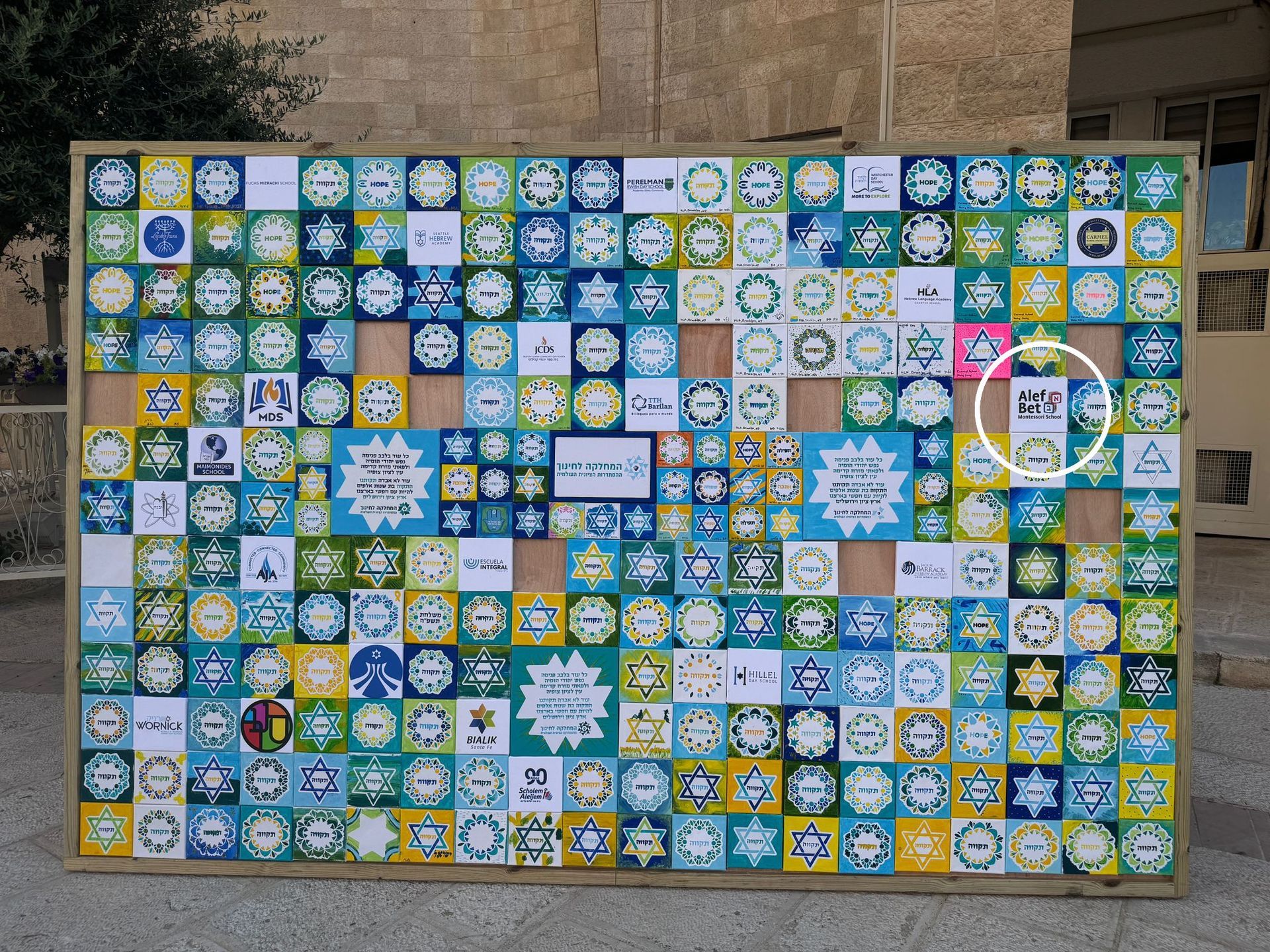
Before our students picked up their brushes, they were introduced to the project’s theme. As they carefully colored the Hebrew word "תִקוָוה," they discussed what hope meant to them, and they expressed excitement knowing that their artwork would become part of something greater. As the students created their canvases, they joined hands with children from around the world—each school a thread in the larger tapestry of the Jewish people, united by a shared spirit.
As we reflect on the tragic events of October 7th, 2023, the tiles serve as a poignant reminder of the pain experienced—lives lost, families forever changed, and a sense of peace shaken—while embodying the resilience and unity of the Jewish people in the face of adversity.. Yet, just as in moments of tragedy, the Jewish people have always found strength in unity, creativity, and resilience. The "Wall of Hope," born out of this tragedy, now stands as a poignant reminder of the power of coming together to create something beautiful, even in the face of adversity.
In Parshat Nitzavim, Hashem spoke to our people about the choices we face in life, urging us to choose between good and evil. "Choose Life," He said, and this is what we strive to teach. The "Wall of Hope" is an embodiment of that choice—an affirmation of life, creativity, and community.
The tiles hanging in our entrance, and those in Jerusalem, stand as quiet but powerful symbols of resilience. Each brushstroke tells the story of a people who continue to hope, create, and remain united through every challenge, who continue to choose life. The students' contribution to the "Wall of Hope" mirrors this strength and perseverance that define our community.
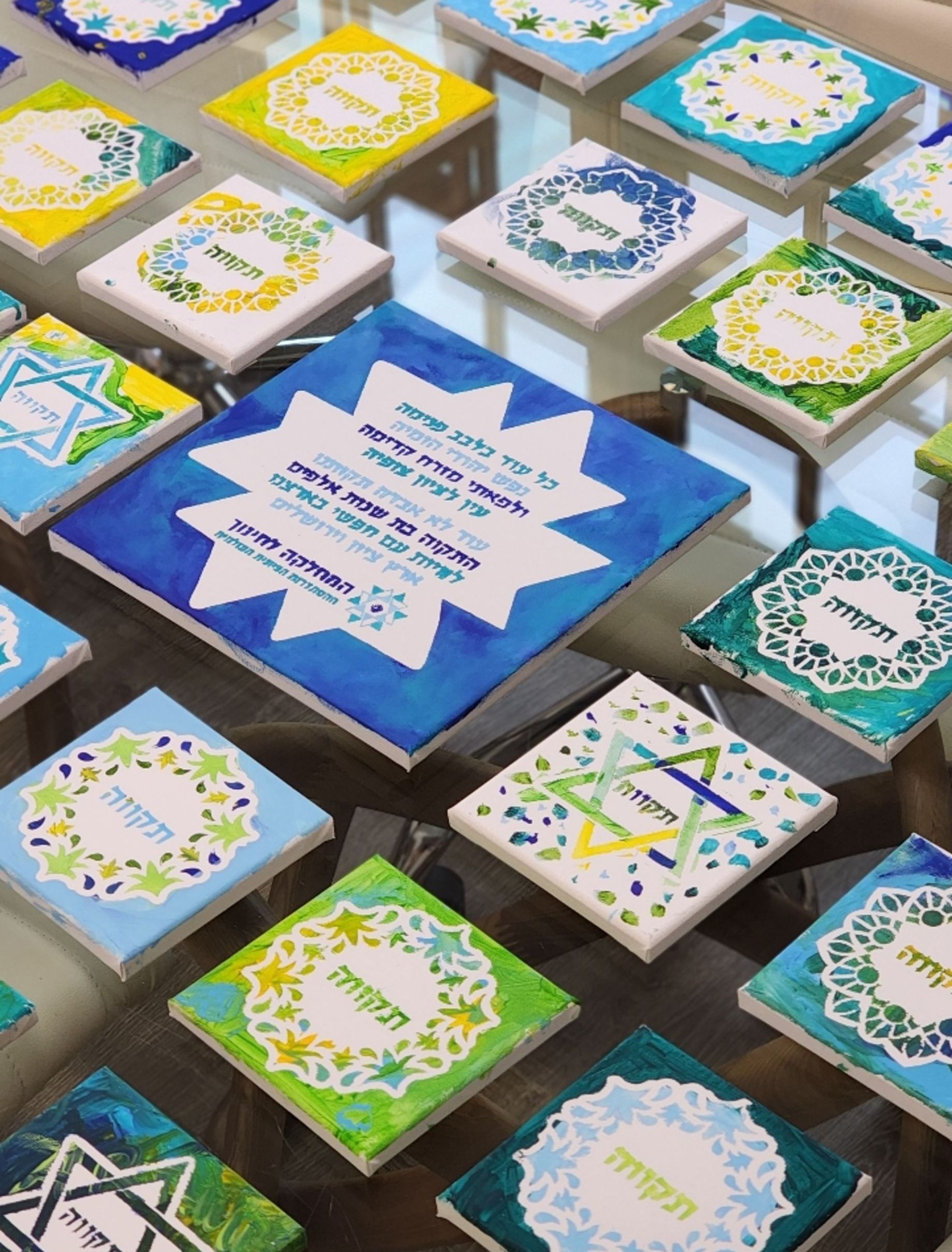
As we walk past these tiles each day, may they remind us of the power of unity and creativity.
And through that unity, may we find hope for healing, hope for peace, and hope for tomorrow.
Am Yisrael Chai!

